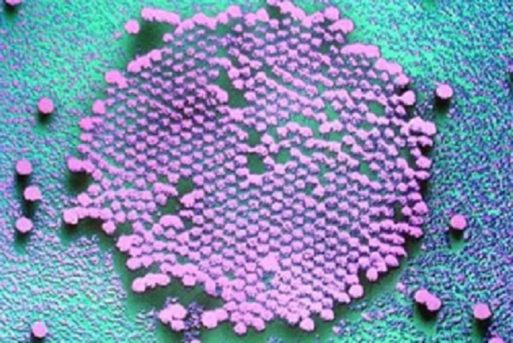
Credit: vaccinereaction.org
Researchers at Duke Cancer Institute have used a modified poliovirus to fight cancer cells. The experimental therapy uses the polio virus to stimulate an immune response, which prevents the cancer cells from “hiding” from the immune system. The therapy has shown great promise in the treatment of recurrent glioblastoma, a deadly brain tumor that is resistant to most forms of treatment.
In a study published in the journal Science Translational Medicine, the Duke researchers describe the process they used to activate the immune response. First, they exposed human melanoma and breast cancer cells to the poliovirus, which attaches to a protein that is plentiful in cancer cells, CD155. The virus then attacks the cells, killing many of them. As the cells die, they release substances known as “antigens,” which alert the immune system that it is under attack.
The next phase of the response occurs when the modified virus infects dendritic cells, whose role in the body is to “present” antigens to the immune system, which then mounts a response. In this case, the dendritic cells present the antigen to a specific type of white blood cells known as T-cells. The resulting response alerts the immune system to the presence of the cancer cells so they can no longer “hide.” (A key feature of many cancers is their ability to evade the body’s natural immune response.) Thus, the body’s own immune system becomes a powerful and long-lasting weapon against the tumor cells.
Important Information
“This [information] is hugely important to us,” said Matthias Gromeier, M.D., a senior co-author of the study and a professor in the Duke department of neurosurgery. “Knowing the steps that occur to generate an immune response will enable us to rationally decide whether and what other therapies make sense in combination with poliovirus to improve patient survival.”

Sen. John McCain is currently undergoing treatment for glioblastoma
Credit: thedailybeast.com
Dr. Gromeier collaborated with Duke researcher Smita Nair, Ph.D., an immunologist and professor in the department of surgery, who co-authored the study. Dr. Gromeier also commented on the importance of the research, stating,
“Not only is poliovirus killing tumor cells, it is also infecting the antigen-presenting cells, which allows them to function in such a way that they can now raise a T-cell response that can recognize and infiltrate a tumor. This is an encouraging finding, because it means the poliovirus stimulates an innate inflammatory response.”
The Food and Drug administration assigned the modified poliovirus “ breakthrough therapy” designation in 2016. This will allow funding for further research to occur more rapidly and streamline the process for designing and implementing clinical trials.
Did you enjoy this post? If so, learn more about another breakthrough in cancer care in this article about Keytruda.

 Poliovirus Shows Promise as Cancer Treatment
Poliovirus Shows Promise as Cancer Treatment


 “Soul With Me” by DePeche Mode
“Soul With Me” by DePeche Mode
 Our Monthly Tip: Make A Keepsake Pin to Honor Your Loved One
Our Monthly Tip: Make A Keepsake Pin to Honor Your Loved One
 Death Culture in America is Demonstrably Changing
Death Culture in America is Demonstrably Changing














